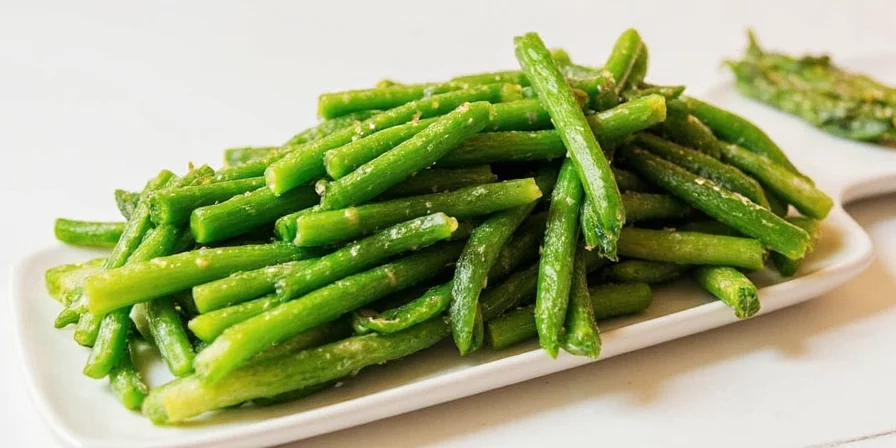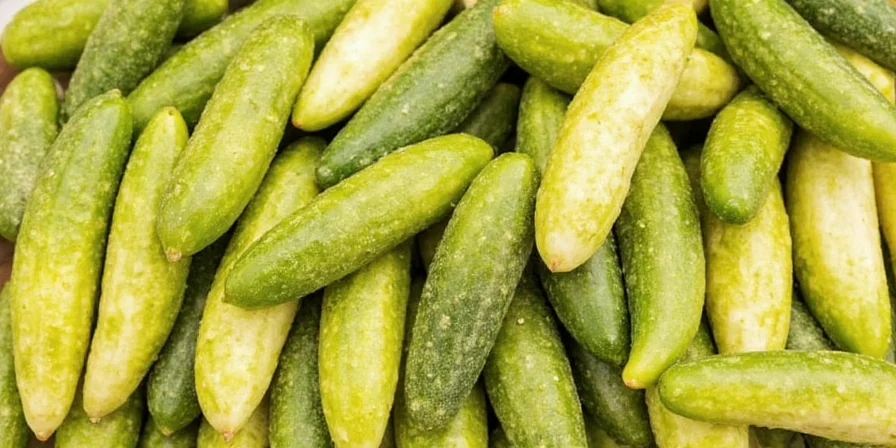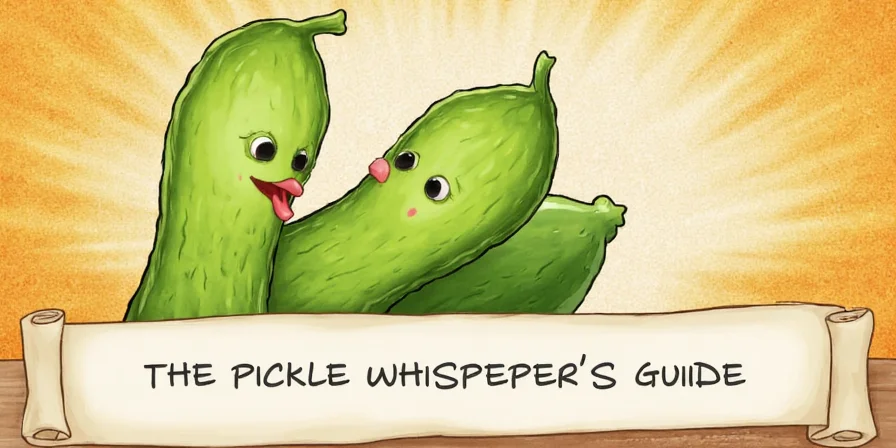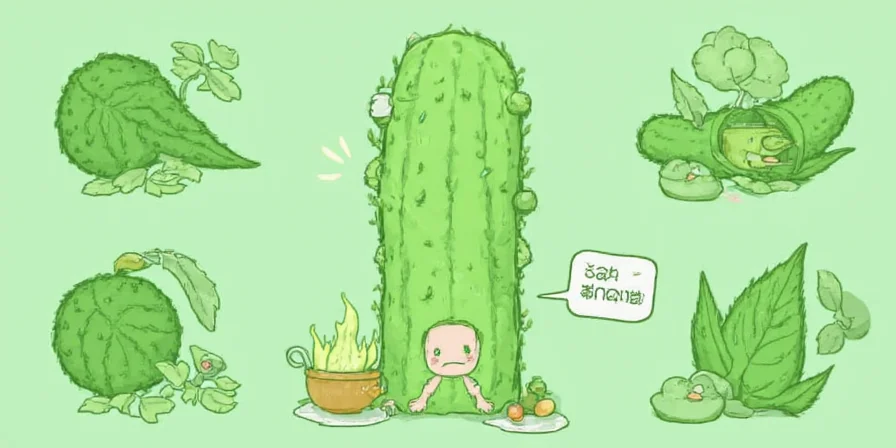Looking for the best spices to make crisp, flavorful pickles? You've found the ultimate guide. Skip the guesswork - here are the 10 essential spices for pickling with exact measurements, timing, and combinations that work every time. Whether you're making refrigerator pickles or canned preserves, these science-backed tips guarantee perfect results.
No confusing jargon - just clear, actionable advice from a professional food scientist. Start with our quick-reference spice chart below, then dive into the details that transform ordinary pickles into extraordinary ones.
Quick Reference: Top 10 Spices for Perfect Pickles
| Spice | Basic Ratio (per quart jar) | Best For | Pro Tip |
|---|---|---|---|
| Mustard Seeds | 1 tsp whole | Cucumbers, beans | Toast first for deeper flavor |
| Dill Seed | 1 tsp | Dill pickles | Pair with fresh dill fronds |
| Fennel Seed | 1/2 tsp | Beets, carrots | Add to hot brine first |
| Coriander Seed | 1 tsp | Most vegetables | Dry roast for citrus notes |
| Black Peppercorns | 1/2 tsp crushed | All pickles | Crush slightly for even flavor |
| Cinnamon Stick | 1-inch piece | Fruit pickles | Use Ceylon for subtle warmth |
| Allspice Berries | 3-4 berries | Root vegetables | Prevents bitterness in beets |
| Bay Leaves | 1 leaf | Most vegetables | Remove after 3 weeks |
| Cloves | 2 buds | Onions, fruit | Too many makes pickles bitter |
| Red Pepper Flakes | 1/4 tsp | Spicy pickles | Aleppo pepper for milder heat |

Why These Spices Work: Simple Science for Better Pickles
While many guides just list spices, understanding why they work helps you create perfect pickles every time. The key is matching spice properties to your vegetables:
Texture Matters Most
Spices like mustard seeds and celery seed contain calcium that keeps vegetables crisp. For cucumbers that stay crunchy for weeks:
- Add 1 tsp mustard seeds + 1/2 tsp celery seed per quart
- Never skip the calcium - it's why restaurant pickles stay crisp
- Avoid too many cloves (they break down pectin)
Flavor Timing Guide
Most beginners leave spices in too long, causing bitter pickles. Follow these simple timing rules:
- Dense vegetables (carrots, beets): 48-72 hours for full flavor
- Medium vegetables (onions, peppers): 24-48 hours
- Delicate vegetables (cucumbers): 12-24 hours
After these times, remove whole spices to prevent bitterness. This simple step makes the biggest difference in flavor quality.

3 Most Common Mistakes (And How to Fix Them)
Even experienced picklers make these errors. Here's how to avoid them:
Mistake #1: Using Ground Spices Instead of Whole
Problem: Ground spices cloud brine and become bitter quickly.
Solution: Always use whole spices. If you must substitute ground, use 1/3 the amount in a spice bag and remove after 12 hours.
Mistake #2: Wrong Vinegar-to-Water Ratio
Problem: Too much vinegar overpowers spices; too little risks spoilage.
Solution: For most vegetables, use 50/50 vinegar/water with 1 tbsp salt per cup. For spicy pickles, reduce vinegar to 40%.
Mistake #3: Adding Spices at the Wrong Temperature
Problem: Adding spices to cold brine wastes flavor; adding to boiling brine burns delicate compounds.
Solution: Heat brine to 160°F (71°C), add spices, then remove from heat. Let steep 10 minutes before pouring over vegetables.
Advanced Techniques for Restaurant-Quality Results
Once you've mastered the basics, try these pro methods:
Layered Spice Technique
For complex flavor development:
- Add slow-releasing spices (mustard, allspice) to cold brine first
- Add medium spices (coriander, fennel) to warming brine
- Add fast spices (pepper, red pepper) just before pouring
Perfect Spice Combinations by Vegetable
Cucumbers: Mustard seed + dill seed + garlic (classic dill)
Beets: Allspice + cinnamon + cloves (sweet & earthy)
Carrots: Coriander + black pepper + red pepper flakes (warm & spicy)
Onions: Bay leaf + mustard seed + red pepper (tangy & sharp)

Troubleshooting Guide
Fix these common issues fast:
Problem: Pickles aren't crunchy
Solution: Add 1/4 tsp calcium chloride per quart OR include more calcium-rich spices like mustard seeds and celery seed. Maintain brine pH between 2.5-3.0.
Problem: Pickles taste bitter
Solution: You've left spices too long. Remove whole spices after 24 hours for cucumbers or 48 hours for dense vegetables. Toast mustard seeds first to reduce bitterness.
Problem: Spices floating to top
Solution: Place spices in a cheesecloth bag and weight down with a small clean rock or stainless steel spoon. Ensures even distribution.

Frequently Asked Questions
Q: How much spice should I use per jar?
A: For a standard quart jar: 1 tsp mustard seeds, 1/2 tsp black peppercorns, 1 bay leaf. Adjust for flavor preference but don't exceed 2 tsp total spices to avoid bitterness.
Q: Can I reuse pickling spices?
A: Never reuse brine, but you can dry and repurpose spent spices. Toast used mustard seeds for meat rubs, or infuse spent cinnamon sticks into simple syrup for cocktails.
Q: Why do my pickles lose flavor over time?
A: Most spices peak at 3 weeks. For lasting flavor, remove whole spices after 2 weeks and store pickles in clean brine without spices. Cinnamon continues developing for up to 8 weeks.
Q: Are certain spices unsafe for canning?
A: Avoid oily spices like whole nutmeg in water-bath canning as they can compromise seals. Stick to dry spices with water activity below 0.85 for shelf-stable pickles.
Q: How do I make spicy pickles without overwhelming heat?
A: Use crushed Aleppo pepper instead of red pepper flakes. It provides gradual heat release. Start with 1/8 tsp per jar and increase in 1/8 tsp increments until you reach desired heat.

Ready to Make Perfect Pickles?
Start with these simple spice combinations and timing guidelines for foolproof results. The secret to great pickles isn't fancy equipment - it's understanding how spices interact with vegetables. Remember these three rules:
- Always use whole spices, not ground
- Remove spices after 24-72 hours (depending on vegetable)
- Match spice types to your vegetables' density
Within a week, you'll be making crisp, flavorful pickles that taste better than store-bought. Share your creations and tag #PerfectPickling - we love seeing your results!











 浙公网安备
33010002000092号
浙公网安备
33010002000092号 浙B2-20120091-4
浙B2-20120091-4